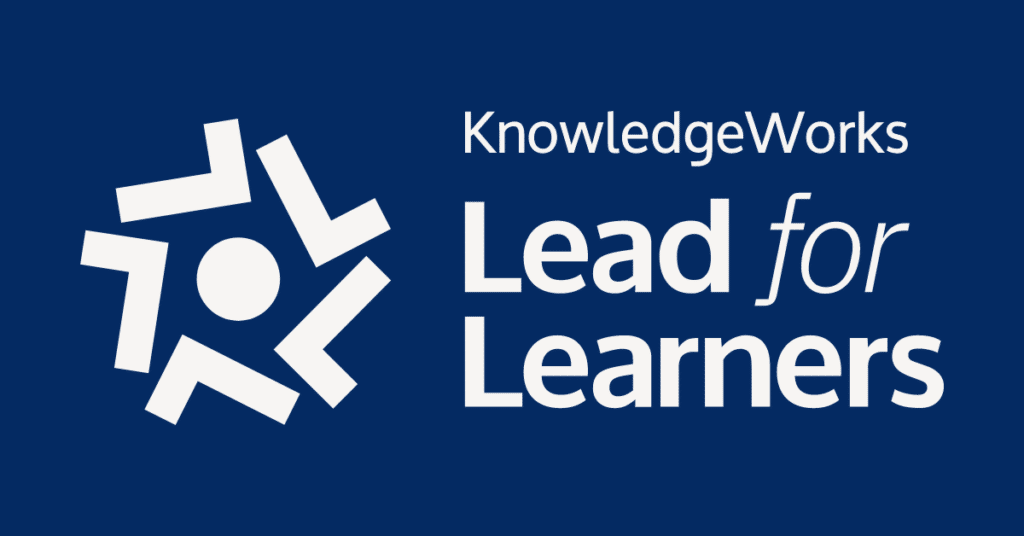KnowledgeWorks is well into its work supporting four North Dakota school districts in advancing student-centered learning practices as part of the North Dakota Personalized Competency-Based Learning Initiative. We’ve been working with WestEd to take a slightly different approach to the evaluation of this work.
In 2019, prior to the COVID-19 pandemic, the WestEd team conducted in-person site visits to all four districts. These fall visits established a baseline from which to observe changes in personalized, competency-based learning implementation over time. Evaluators conducted a total of 73 classroom observations across the four districts, with each observation averaging between 10 to 15 minutes in length. The site visits also included interviews and focus groups with superintendents, district design teams, principals, educators, students and parents.
Original key themes
Some key themes emerged from each of the baseline data collection efforts:
Findings from leaders and educators
- Superintendents have a clear vision for personalized, competency-based learning for their district
- Classroom educators are mostly on board with personalized, competency-based learning
- Leaders and educators agree that it is challenging to find time for:
- Professional learning opportunities at the school and district level for personalized, competency-based learning
- Planning, experimenting and reflecting on personalized, competency-based learning implementation
Findings from learners
- Most learners think about personalization as a way to help students accelerate
- Learners in the secondary schools wonder how colleges might understand standards-based report cards
- Describe agency / decision-making as choosing project format, choosing topics and choosing how they work
Findings from classroom observations
- Schools and classrooms visited were warm, engaging and positive learning environments
- Many classrooms offered flexible seating arrangements for learners
- Mostly teacher-centered learning was observed
We also heard from participants that the North Dakota Personalized, Competency-Based Learning Cohort convenings were very valuable for learning and planning, and that the access to experts, resources and on-time professional learning and support provided by KnowledgeWorks has been very valuable.

Join Lead for Learners, a supportive space for educators to share ideas, tools and strategies for creating personalized, learner-centered experiences that help each student take ownership of their learning.
Learn more >
Additional key themes
Evaluators were not able to conduct in-person site visits after 2019 due to COVID-19. Instead, evaluators conducted virtual interviews and focus groups with school and district leaders from each of the four districts and those elicited a few additional key themes:
- Shifts to remote learning due to COVID-19 may have accelerated the move to personalized learning
- All districts will continue planning and support for implementing personalized learning, despite the major disruptions due to COVID-19
- Teaching and learning will not go back to the “old” or traditional ways when school resumes in-person operation
- Teachers have risen to the challenge of remote learning
The North Dakota initiative is aimed to help districts create a system-wide implementation plan to refine their vision for the future and create a supportive and transparent culture and learning environment in pursuit of transformational change. It’s long-term work, but initial findings are encouraging and helping to chart the right path forward.




